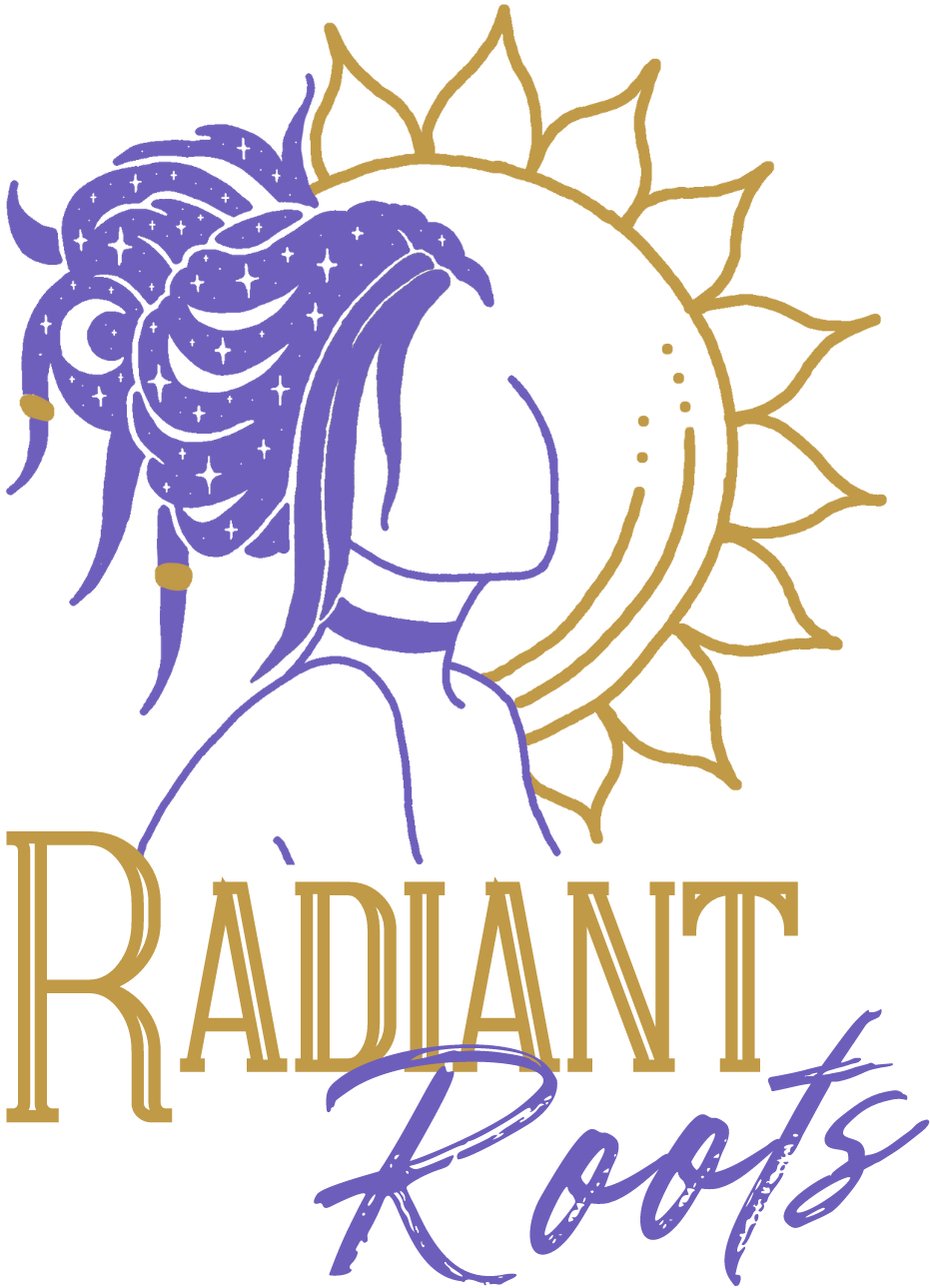 Using a needle and thread to maintain your dreadlocks is very similar in theory to the way a latch hook is used to maintain dreadlocks. However, unlike the latch hook where you are often utlizing the long metal shaft of the tool to pull the loose hair down through the length of the lock, the needle and thread involves weaving the loose hair back and forth through the dreadlock. This method can be great for especially stubborn loose hair that resists staying in a dreadlock as the extra weaving increases the mechanical retention of the strand of hair.
Using a needle and thread to maintain your dreadlocks is very similar in theory to the way a latch hook is used to maintain dreadlocks. However, unlike the latch hook where you are often utlizing the long metal shaft of the tool to pull the loose hair down through the length of the lock, the needle and thread involves weaving the loose hair back and forth through the dreadlock. This method can be great for especially stubborn loose hair that resists staying in a dreadlock as the extra weaving increases the mechanical retention of the strand of hair.
Additionally, for the same reasons mentioned on the loose hair tool/latch hook page, because the needle is so much smaller of an instrument to be feeding through the dreadlock it does not disrupt as many knots on the way through so will not significantly affect the locking process, especially if it is not overdone. (Overdone mean, being doing anymore often than every 4 weeks or so.) However, because it is so small and smooth; not having a handle like latch hooks do, sometimes pulling it through a particularly dense dreadlock can be difficult. So, you must be cautious when using this technique to not injure yourself! Consider using a thimble to push through the lock just to be safe!
Here is a video from YouTube that goes over a bit of how to use a needle and thread to maintain your locks. I did not create this video so I am not responsible for the content! Below the video are some notes I have to add to the video.
Unlike this video, I prefer to use a cow-hitch knot to attach the thread to the needle. I find that when there is a knot in the thread, it makes it all the more difficult to pull it through the dreadlocks. However, with a cow-hitch knot you can sort of “trap” the knot inside the eye of the needle so it is out the way. See the diagram to the right to see how to accomplish this knot.
The maker of this video also mentions how the string will break if you pull too hard. This is one of the reasons I recommend the cow-hitch knot so the knot doesn’t catch. Additionally, it is recommended to use STRONG thread. Embroidery thread is relatively durable, but upholstery thread is the best! And, as the video suggests, make sure to choose a color that contrasts with your natural hair color so it is easy to see.
And, finally, I do recommend keeping a hold on the loose hair for the entire time you are pulling through until the thread pulls it out of your grasp. This will make sure that the loose hair is pulled as tightly and cleanly as possible into the dreadlocks and that you don’t accidentally “miss” the hair and have to repeat it all over again!
